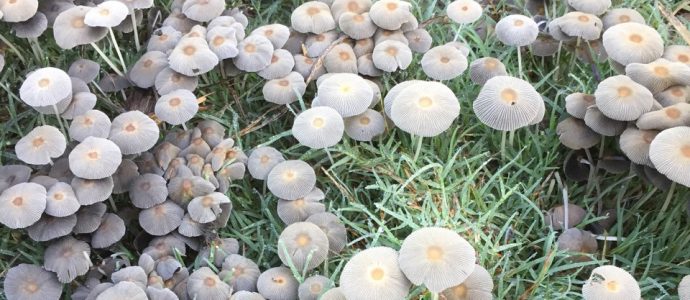
UNDERSTANDING BIOLOGICAL FARMING: A SIMPLIFIED UNDERSTANDING OF ‘COMPOST TEA’ A PLANT AND SOIL PROBIOTIC
In ideal soil ecosystems, we would have dramatically different soil and certainly a dramatically different level of ‘made made’ toxins. In an ideal soil environment, we would expect our topsoil to contain 10% organic matter, and would also expect to have literally thousands of species of bacteria and hundreds of species of fungi. In most soils today, we often have a humus content of less than 1% with just a few hundred species of bacteria (including plant pathogens) and less than 100 species of fungi (including plant pathogens) this is often due to poor soil management including the use of chemical fertilisers, pesticides, fungicides and herbicides. Poor soil management is simply a matter of misunderstanding the importance of building living soils.
The lack of a large diversity of bacteria and fungi in our soils affects plant health and production dramatically because plants naturally have a very close symbiotic relationship with the soil biology. Plants depend on bacteria, fungi, worms, bugs, and beetles, and larger animals to help provide and digest their food for them. Plants don’t digest minerals by themselves; they either depend on a complex relationship of soil biology to provide their nutritional and health needs or they depend on often toxic ‘artificial’ soluble fertilizers and pesticides to provide for their food and health needs. The first is natural and depends on natural processes, the second is increasingly expensive, more difficult to manage and defeats natural soil fertility processes.
In healthy soil with good organic matter and a healthy biology, a soil food web is created. How this works is that the plants exude ‘exudates’ from their roots, these are simple sugars, proteins and carbohydrates in many different forms, which then trigger responses from the soil biology. The bacteria, protozoa, beneficial nematodes and fungi respond to these triggers to provide the plants with nutrition and to protect plants from disease.
…click on the above link to read the rest of the article…